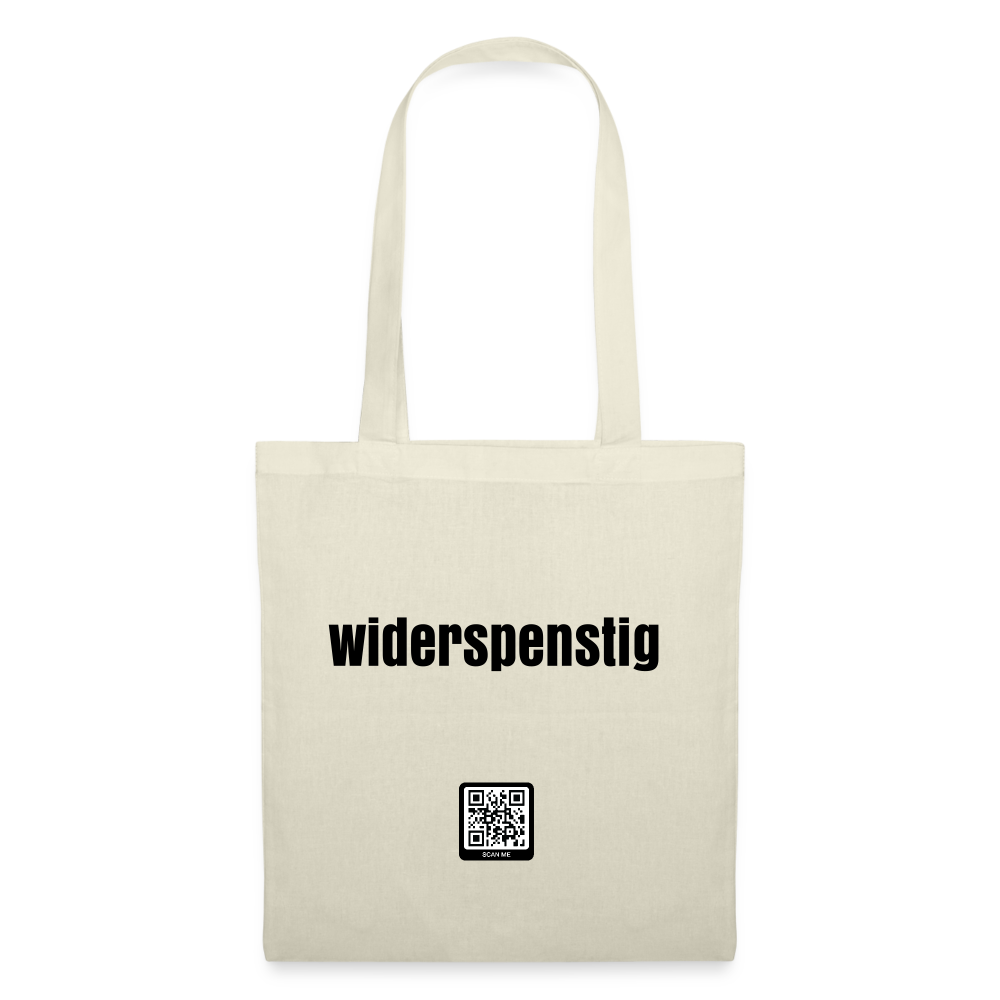Blogger Steffi shows many beautiful gift ideas on her blog bellemelle , including this beautiful thread-bound booklet.
This gift is both practical and beautiful and handmade! Whether it's a sketchbook or a notebook, everyone can use a notebook. What's particularly nice is that everything from the type of paper, to the type and color of yarn, to the cover can be perfectly tailored to the recipient. So for my father's gift, I combined lined paper with a raw cardboard cover and black yarn to create a simple, classic notebook. My mom, on the other hand, gets a self-shot picture on photo paper as the cover and cream-colored, blank pages. I'll explain to you here in the instructions how you can design the magazine yourself in about 45-50 minutes.
Aids
-
Paper
-
thick paper for the cover (about 200mg)
-
large sewing needle
-
tear-resistant yarn
-
cutting pad
-
cutter
-
Pencil
-
ruler
-
possibly thick books or boards for pressing
Preparations:
The choice of paper is entirely up to you. The only important thing is that the paper for the cover is a little more robust so that the magazine is more durable. For this I recommend, for example, photo cardboard or paper from 160 g/m2. - First, the size and thickness of the magazine must be determined and all pages and the cover paper must be cut accordingly (see “5. Cutting paper by hand”). It should be noted that in the last step, any protruding edges of the booklet are cut off, making the booklet a few millimeters smaller. - Should the cover, the first page or even the last page contain a photograph, an illustration or a dedication to the person receiving the gift? Design as you wish with pens, stamps or even on the PC and personalize your booklet.
1. Determine the direction of travel of all papers
All papers, i.e. from the book cover to all pages of the book, must run parallel to the fold so that they can be folded neatly. There are various ways to determine the running direction of the paper: (A) see: The structural course of the fibers can be determined with good eyes or a magnifying glass (B) wet: wet paper bends and thus shows the running direction. (C) bend: A square sheet of paper bends better in one direction than in the other direction. (D) fold: If the sheet is folded, either a clean, round fold results (parallel to the direction of travel) or the fold begins to look ugly the edge.(E) tear: The sheet tears more cleanly parallel to the direction of travel, the paper frays perpendicular to the direction of travel and the tear does not run straight
2. Fold and join pages
To fold a piece of paper, the corners must be placed exactly on top of each other. Attention, the direction of travel must be parallel to the fold! The edge is then smoothed out with a fingernail or, if available, with a hatchet. Each paper is folded individually and finally pushed into one another so that they lie close together at the back. The more precisely you work in this second step, the better the magazine will turn out. Tip: If the pages stick out too much so that the magazine opens its beak, the magazine can be clamped between two boards or placed between heavy books and thus pressed.
3. Determine the order
In the next step, thicker paper for the cover is folded. If there are other specially designed pages (e.g. a dedication, drawing on the first page), the different papers are placed one inside the other in the correct order.
4. Basting in three stitches
The magazine is opened and placed on the table so that the cover is on top. Three equally spaced dots are marked in pencil on the fold of the cover. (A)The booklet is placed on the edge of the table with its back facing us and opened slightly. Then you pierce all layers at the marked points. Attention: All papers must be pierced in the fold and at the exact same points, otherwise the book will be crooked. (B) The punctures run as shown in the drawing. The two ends of the thread are tightened at the point in the middle, knotted and cut.
5. Cutting by hand
So that the individual pages ultimately fit together perfectly, they must be cut to the same length and width in a final step. If you don't have a paper cutting machine, you can easily do this by hand. The notebook is placed flush against an edge, for example on a fixed ruler or on a large book. A ruler is then placed on the booklet by pressing firmly so that the excess edges can be cut off with a cutter. And your personal notebook or sketchbook is ready!






